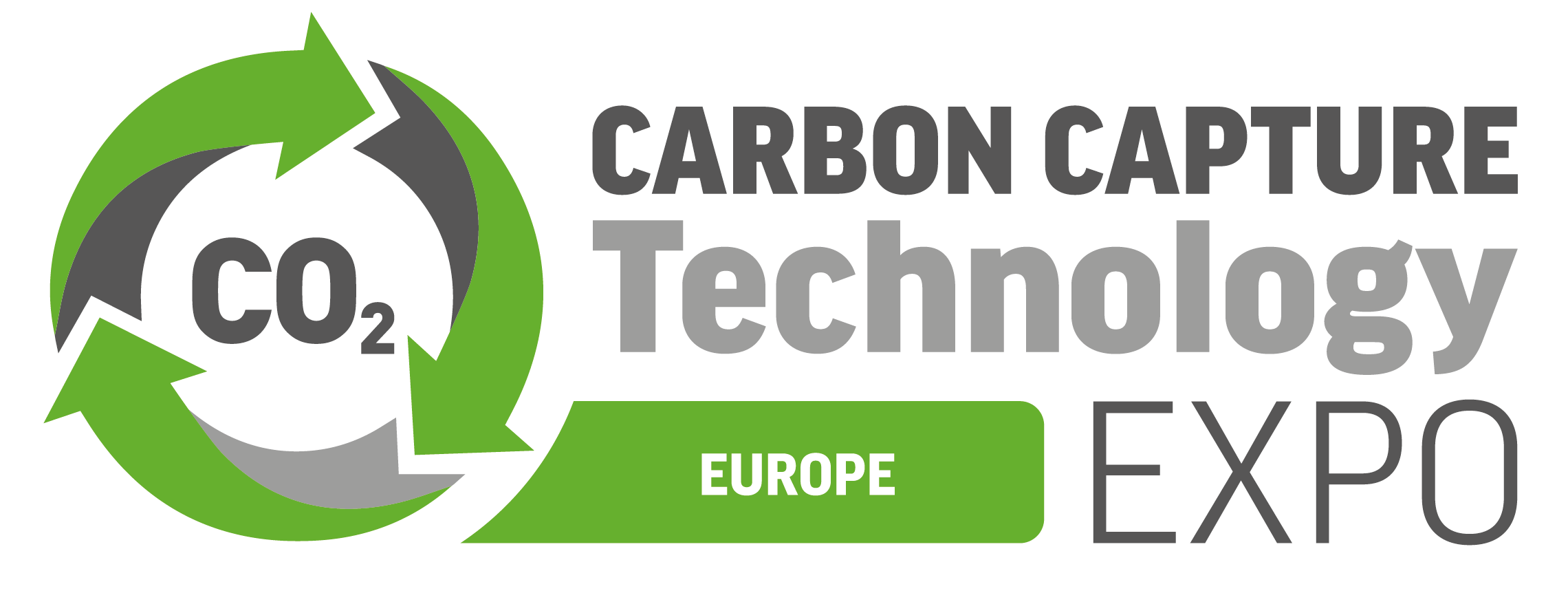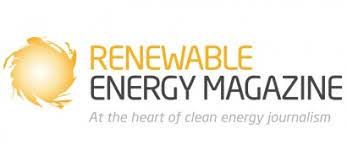CCS project in Denmark started by E.ON
)
E.ON and ARC signed an agreement over the CopenCapture project in Copenhagen, which aims to capture 400,000 tonnes of CO2 every year from the CopenHill stack and store the CO2 underground.
The two companies have formed a plan to transform the plant into an international flagship for CO2 capture and storage (CCS).
E.ON is in the process of applying for prequalification in the Danish Energy Agency’s CCS tender, and dictates for full CO2 capture by 2030. The CCS funding scheme is currently providing financing support to CopenCapture.
As CopenHill emits a lot of CO2 emissions which originate from organic materials, such as contaminated paper or cardboard, this means it emits a lot of biogenic CO2. Once captured, the biogenic CO2 results in negative emissions to be sold as high-quality Carbon Removal Credits (CRCs). When sold, the credits are traded within the voluntary CO2 credit market so companies can purchase CO2 reductions as a contribution or as compensation.
Marten Bunnemann, CEO of E.ON Energy Infrastructure Solutions, commented, “Electrification can reduce many types of CO2 emissions. However, we do not yet have the technologies to eliminate the need for environmentally responsible treatment of residual waste that cannot be reused or recycled. Utilizing residual waste to generate local heat and electricity for communities and businesses is the best available solution. However, waste-to-energy (WtE) still faces a challenge: CO2 emissions from the process. This is why CO2 capture in waste-to-energy is a crucial climate solution that we, as a company, are committed to contributing to. From our perspective, the world’s most modern and iconic WtE plant should also be a frontrunner in CCS. CopenHill is a state-of-the-art facility with a long lifespan, operating year-round and meeting the highest environmental standards. Denmark has created strong conditions for developing new CCS projects through its tendering process. The CopenCapture partnership presents a unique opportunity to establish an international benchmark project, demonstrating how we can tackle one of the most challenging and complex climate issues – the increasing CO2.”




)
)
)
)
)
)
)
)
)
)
)
)
)
)
)
)
)
)
)
)
)
)
)
)
)
)
)
)
)
)
)
)

)
)

)
)
)
)
)
)
)
)
)
)
)


)
)
)
)
)

)
)

)

)
)
)
)
)
)
)
)
)


)
)
)
